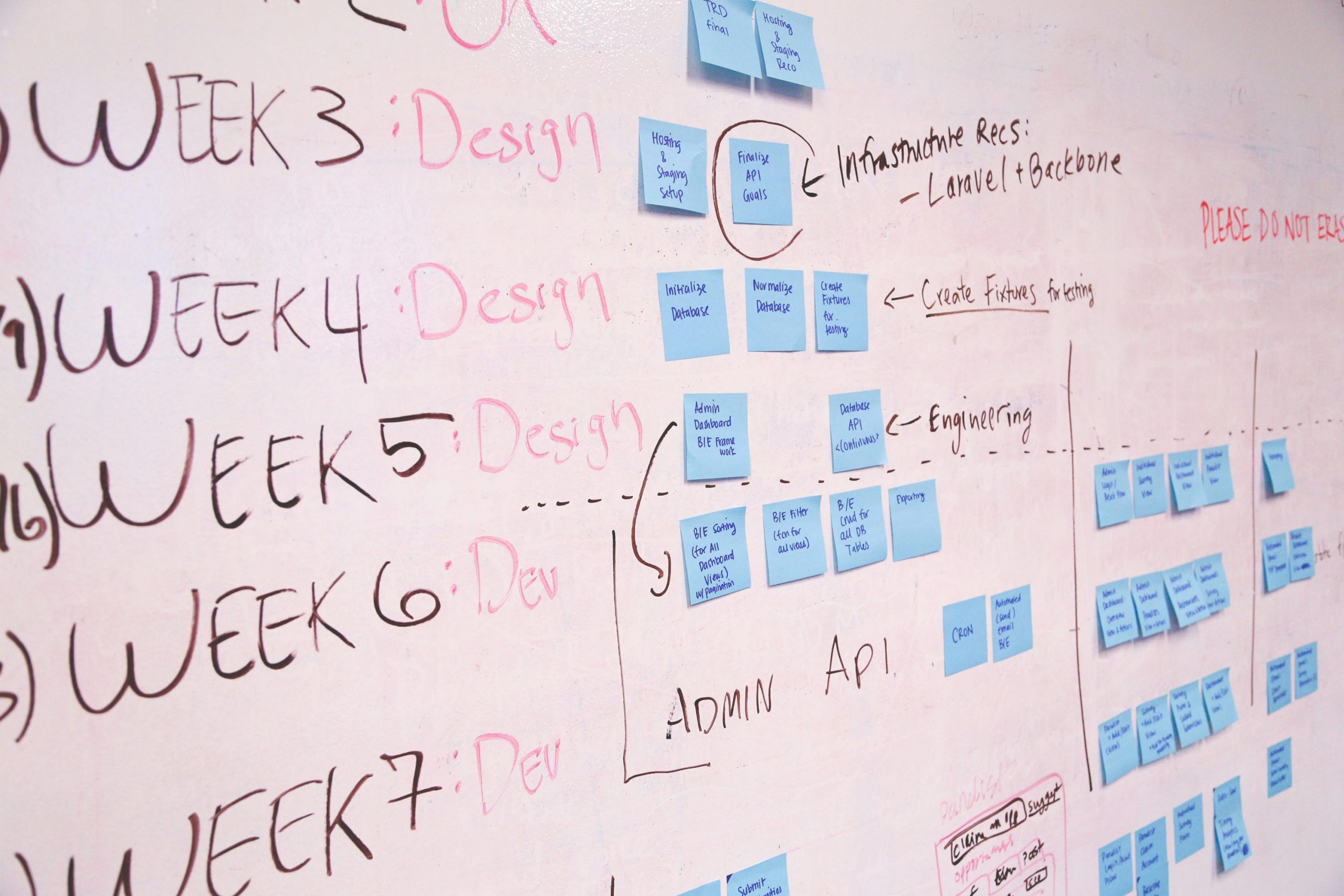Mastering Project Execution and Control: Key Principles and Tips for Success
In the realm of project management, execution and control are where plans come to life and success is determined. Effectively managing project execution and maintaining control over its trajectory are crucial for delivering outcomes on time, within budget, and to the satisfaction of stakeholders. In this article, we explore what effective project execution and control entail, along with actionable tips to achieve them seamlessly.
Understanding Effective Project Execution and Control
- Focused Implementation of Plans:
- Execution: Project execution involves implementing the project plan diligently. It requires coordinating tasks, managing resources, and adhering to timelines and milestones.
- Control: Project control ensures that execution stays on track. It involves monitoring progress, assessing performance against benchmarks, and taking corrective actions as necessary.
- Optimized Resource Management:
- Execution: Efficiently allocate resources (human, financial, and material) to tasks based on priority and dependencies. Ensure resources are utilized effectively to maximize productivity.
- Control: Continuously monitor resource utilization and adjust allocations as project requirements evolve. Anticipate and mitigate resource constraints to prevent delays.
- Adherence to Quality Standards:
- Execution: Implement quality assurance processes to ensure deliverables meet predefined quality standards and specifications.
- Control: Conduct regular quality checks and inspections throughout the project lifecycle. Address any deviations promptly to maintain quality consistency.
- Risk Management and Mitigation:
- Execution: Execute risk management strategies established during planning. Monitor identified risks and implement mitigation plans to minimize their impact.
- Control: Continuously assess new risks and adapt mitigation strategies as the project progresses. Maintain a proactive stance to prevent risks from escalating.
- Effective Communication and Stakeholder Engagement:
- Execution: Foster clear and consistent communication channels among team members and stakeholders. Ensure everyone understands their roles, responsibilities, and project progress.
- Control: Regularly update stakeholders on project status, milestones achieved, and upcoming deliverables. Address stakeholder concerns promptly to maintain engagement and support.
Tips for Achieving Effective Project Execution and Control
- Establish Clear Accountability and Ownership:
- Tip: Define roles and responsibilities clearly from the outset. Use a RACI matrix (Responsible, Accountable, Consulted, Informed) to clarify who is accountable for each task or decision.
- Monitor Progress Against Milestones:
- Tip: Develop a project schedule with defined milestones and deadlines. Regularly monitor progress against these milestones using project management tools or software.
- Implement Robust Change Management Processes:
- Tip: Anticipate changes and establish a structured change management process. Evaluate proposed changes rigorously and communicate impacts on scope, schedule, and resources.
- Use Data and Metrics for Informed Decision-Making:
- Tip: Collect and analyze project data and performance metrics regularly. Use this information to identify trends, anticipate challenges, and make data-driven decisions.
- Empower Team Collaboration and Problem-Solving:
- Tip: Encourage collaboration and empower team members to contribute ideas and solutions. Foster a culture where challenges are addressed collectively and creatively.
- Regularly Review and Adjust Plans:
- Tip: Conduct periodic project reviews to assess progress, identify bottlenecks, and validate assumptions. Adjust plans and strategies as needed to stay aligned with project goals.
- Communicate Proactively and Transparently:
- Tip: Maintain open lines of communication with stakeholders. Provide regular updates on project status, risks, and mitigation efforts. Address concerns and manage expectations proactively.
- Celebrate Achievements and Learn from Challenges:
- Tip: Recognize and celebrate milestones and achievements with the team and stakeholders. Use post-project reviews to capture lessons learned and improve processes for future projects.
Conclusion
Effective project execution and control are the linchpins of project management success, ensuring that plans are executed efficiently, risks are managed effectively, and stakeholders are engaged throughout the process. By implementing structured processes, fostering collaboration, and maintaining clear communication, project managers can navigate challenges and deliver outcomes that meet or exceed expectations. Incorporate these tips into your project management toolkit to optimize execution and achieve project success consistently. Remember, meticulous execution and proactive control pave the way for project excellence and stakeholder satisfaction.







